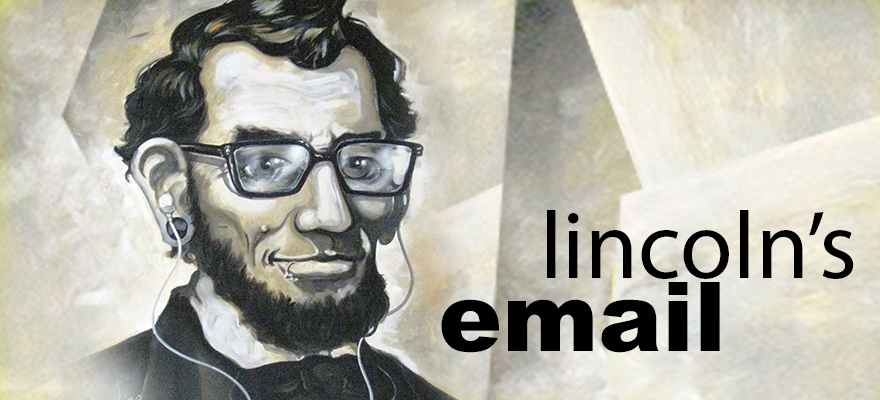Travel back in time to 1861. You are a dinner guest of President Abraham Lincoln. After the main course, President Lincoln asks you to describe how people communicate in the future. You decide to tell him about email, but how? He has never seen a computer, clicked a mouse, or opened a web browser. Email is a completely abstract idea to him.
You decide to compare email to something with which he is familiar. You begin by saying, “Email is similar to receiving a letter.” That’s a good start. Now, how do you explain the fact that it is delivered via computer? Once again, you reach for the familiar: “Email is delivered through an information box. Almost everyone in the future has an information box, and they are able to send messages back and forth on them.” While President Lincoln may not completely understand, this information should at least give him a vague picture of electronic media in the future.
In contrast, imagine if you said, “Email is accessible on mobile devices, laptops and PCs. Messages are received through web browsers or software applications.” Although everything stated would be true, it wouldn’t communicate your message effectively.
Now, consider telling a new believer with no church background, “Christ’s substitutionary atonement propitiates the wrath incurred by your transgressions and secures your sanctification.” You might as well be explaining spam filters to President Lincoln!
Sharing new information with someone who does not share your foundation of knowledge is difficult, if not impossible. Even God demonstrates this principle in his revelation to humans.
When our Heavenly Father first communicated with man, He referenced familiar objects of his creation that surrounded Adam and Eve in the garden. God placed Adam in the context of fruit-bearing trees and then told Adam to “Be fruitful and multiply.” He set him in the middle of a blossoming garden and said, “Fill the earth.” He surrounded him with living animals and said, “Have dominion” over them. Everything He said to them was based upon the familiar (Genesis 1:28).
Further, the first pronouncement of the gospel does not use the term Messiah, because that concept had not entered human understanding at that time, nor had the ideas of a prophet, priest or king. However, in Genesis 3, God once again used what was familiar to announce something new: “…I will put enmity between you and the woman, and between your offspring and her offspring; he shall bruise your head, and you shall bruise his heel” (Genesis 3:15). The concepts of offspring, heads and heels were familiar to Adam and Eve. That is why God used them to communicate.
Throughout the chronological history of Scripture, God began with what was known in order to communicate what was unknown. As the amount of known information increased, man’s capacity to learn unknowns also increased. Later in Scripture, through visions, dreams, talking donkeys and other means, God continued to use familiar imagery and information to introduce new ideas.
The next time we are trying to pour spiritual concepts into a new believer, attempting to share the gospel with our children, or counseling the hurting, we should take a cue from Scripture and utilize the known to communicate the unknown. Here’s a few ideas to help:
- Use concrete illustrations from real life like Jesus did.
- Start with basic Bible truths and build on them.
- Spend time with people allowing them to see truth lived out in your life.
- Define new terms using familiar terms.
